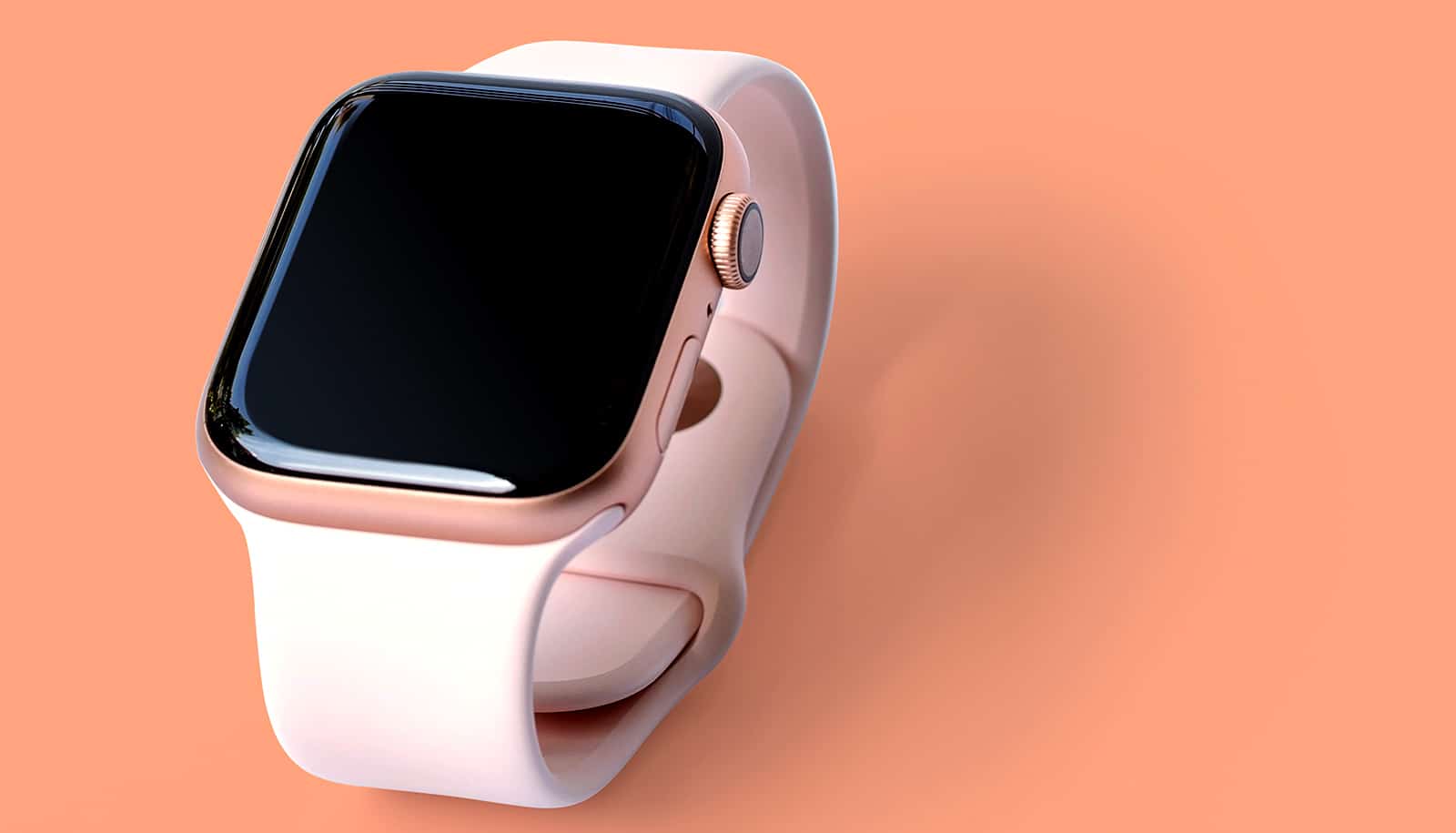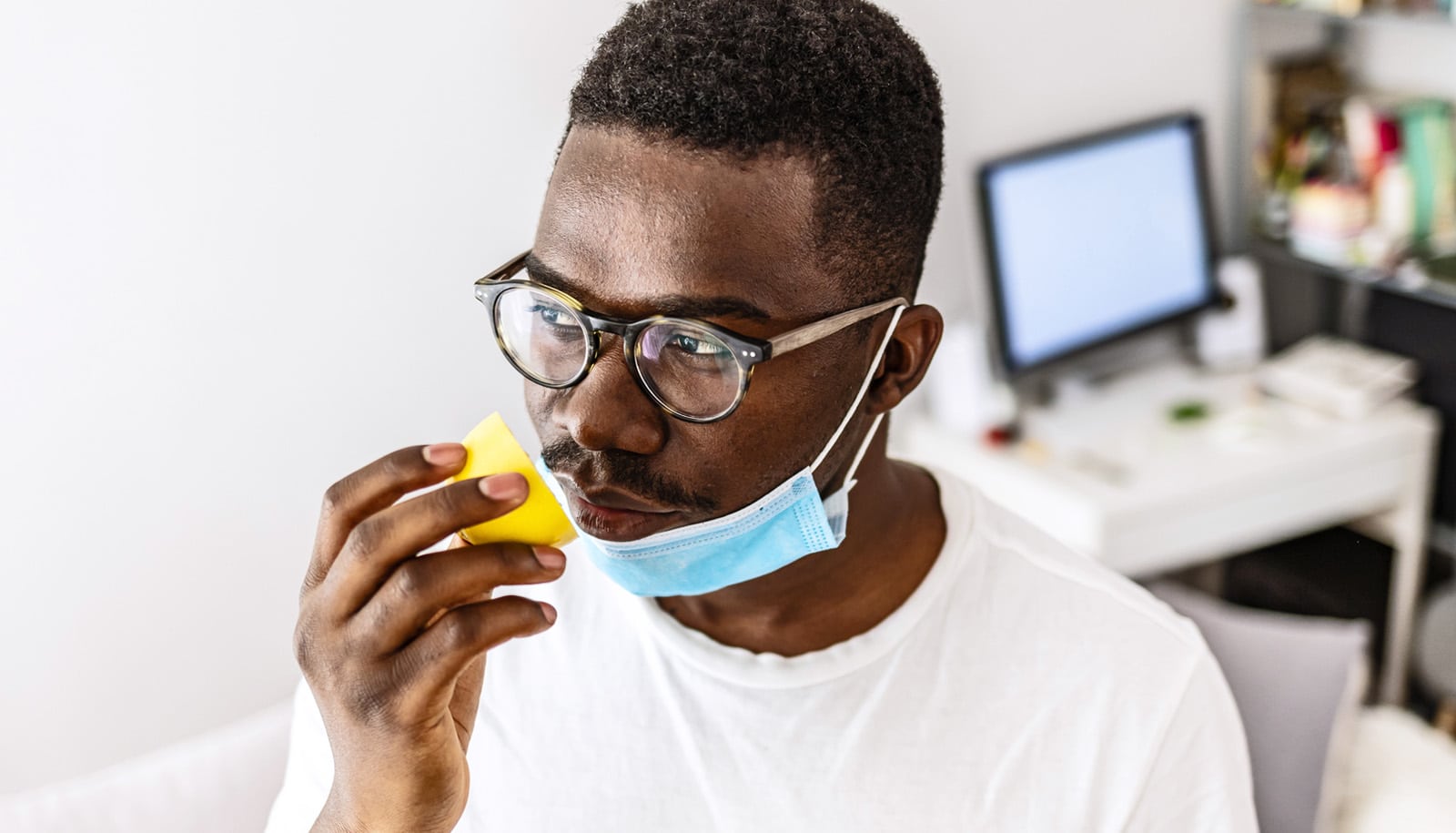If you become ill with COVID-19, your smartwatch can track the progression of your symptoms, and could even show how sick you become.
That’s according to a new study that examined the effects of COVID-19 with six factors derived from heart rate data.
The same method could be used to detect other diseases such as influenza, and the researchers say the approach could be used to track disease at home or when medical resources are scarce, such as during a pandemic or in developing countries.
Following University of Michigan students and medical interns throughout the country, researchers discovered new signals embedded in heart rate indicating when individuals were infected with COVID and how sick they became.
The researchers found that individuals with COVID experienced an increase in heart rate per step after symptom onset, and those with a cough had a much higher heart rate per step than those without a cough.
“We found that COVID dampened biological timekeeping signals, changed how your heart rate responds to activity, altered basal heart rate, and caused stress signals,” says Daniel Forger, professor of mathematics and research professor of computational medicine and bioinformatics at the University of Michigan. “What we realized was knowledge of physiology, how the body works, and mathematics can help us get more information from these wearables.”
The researchers found that these measures were significantly altered and could show symptomatic vs. healthy periods in the wearers’ lives.
“There’s been some previous work on understanding disease through wearable heart rate data, but I think we really take a different approach by focusing on decomposing the heart rate signal into multiple different components to take a multidimensional view of heart rate,” says Caleb Mayer, a doctoral student in mathematics.
“All of these components are based on different physiological systems. This really gives us additional information about disease progression and understanding how disease impacts these different physiological systems over time.”
Participants were drawn from the 2019 and 2020 cohorts of the Intern Health Study, a multisite cohort study that follows physicians across several institutes in their first year of residency. Researchers also used information from the Roadmap College Student Data Set, a study that examined student health and well-being during the 2020-21 academic year using wearable data from Fitbits, self-reported COVID-19 diagnoses and symptom information, and publicly available data.
For this analysis, the researchers included individuals who reported a COVID-positive test, symptoms, and had wearable data from 50 days before symptom onset to 14 days after. In all, the researchers used data from 43 medical interns and 72 undergraduate and graduate students.
Specifically, the researchers found:
- Heart rate increase per step, a measure of cardiopulmonary dysfunction, increased after symptom onset.
- Heart rate per step was significantly higher in participants who reported a cough.
- Circadian phase uncertainty, the body’s inability to time daily events, increased around COVID symptom onset. Because this measure relates to the strength and consistency of the circadian component of the heart rate rhythm, this uncertainty may correspond to early signs of infection.
- Daily basal heart rate tended to increase on or before symptom onset. The researchers hypothesize this was because of fever or heightened anxiety.
- Heart rate tended to be more correlated around symptom onset, which could indicate the effects of the stress-related hormone adenosine.
The researchers used an algorithm that was originally developed to estimate daily circadian phase from wearable heart rate and step data. They looked at a baseline period of 8-35 days before COVID symptom onset and an analysis period defined as 7-14 days around COVID symptom onset. The researchers hope that with further testing, the same methods could enhance the pre-detection of COVID with wearables.
“The global outbreak of the SARS-CoV-2 virus imposed important public health measures, which impacted our daily lives,” says Sung Won Choi, associate professor of pediatrics. “However, during this historical event in time, mobile technology offered enormous capabilities—the ability to monitor and collect physiological data longitudinally from individuals noninvasively and remotely.”
The researchers say this work establishes algorithms that can be used to understand illnesses’ impact on heart rate physiology, which can form the basis for medical professionals might deploy the use of wearables in health care.
“Identifying the varying patterns of different heart rate parameters derived from wearables across the course of COVID-19 infection is a substantial advance for the field,” says Srijan Sen, professor of psychiatry and director of the Frances and Kenneth Eisenberg and Family Depression Center.
“This work can help us more meaningfully follow populations in future COVID-19 waves. The study also demonstrates following cohorts with mobile technology and robust data sharing can facilitate unanticipated and valuable discoveries.”
Limitations for the study include that the work does not consider influenza-like illnesses, according to the researchers. Future work should focus on whether the findings reflect the effects of COVID-19 or whether these effects will persist in other illnesses. The researchers were also not able to account for the effects of factors such as age, gender, or BMI, nor the seasonality effects in the data—that is, whether the data was taken during a period of time where flu or other disease transmission is high.
The results appear in the journal Cell Reports Medicine.
Support for the work came from the National Institutes of Health, Human Frontier Science Program, National Science Foundation, and a Taubman Institute Innovation Project grant.
Source: University of Michigan



